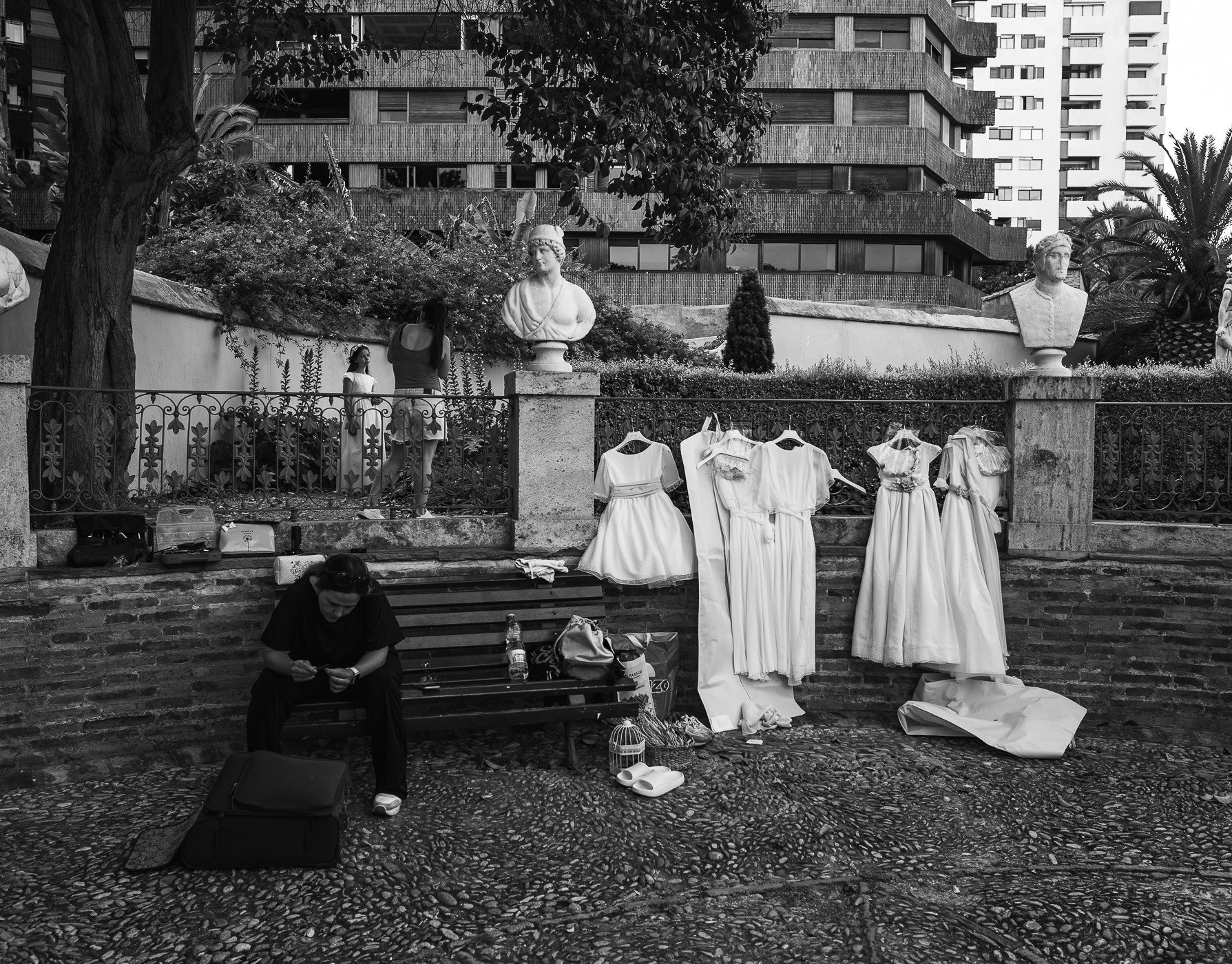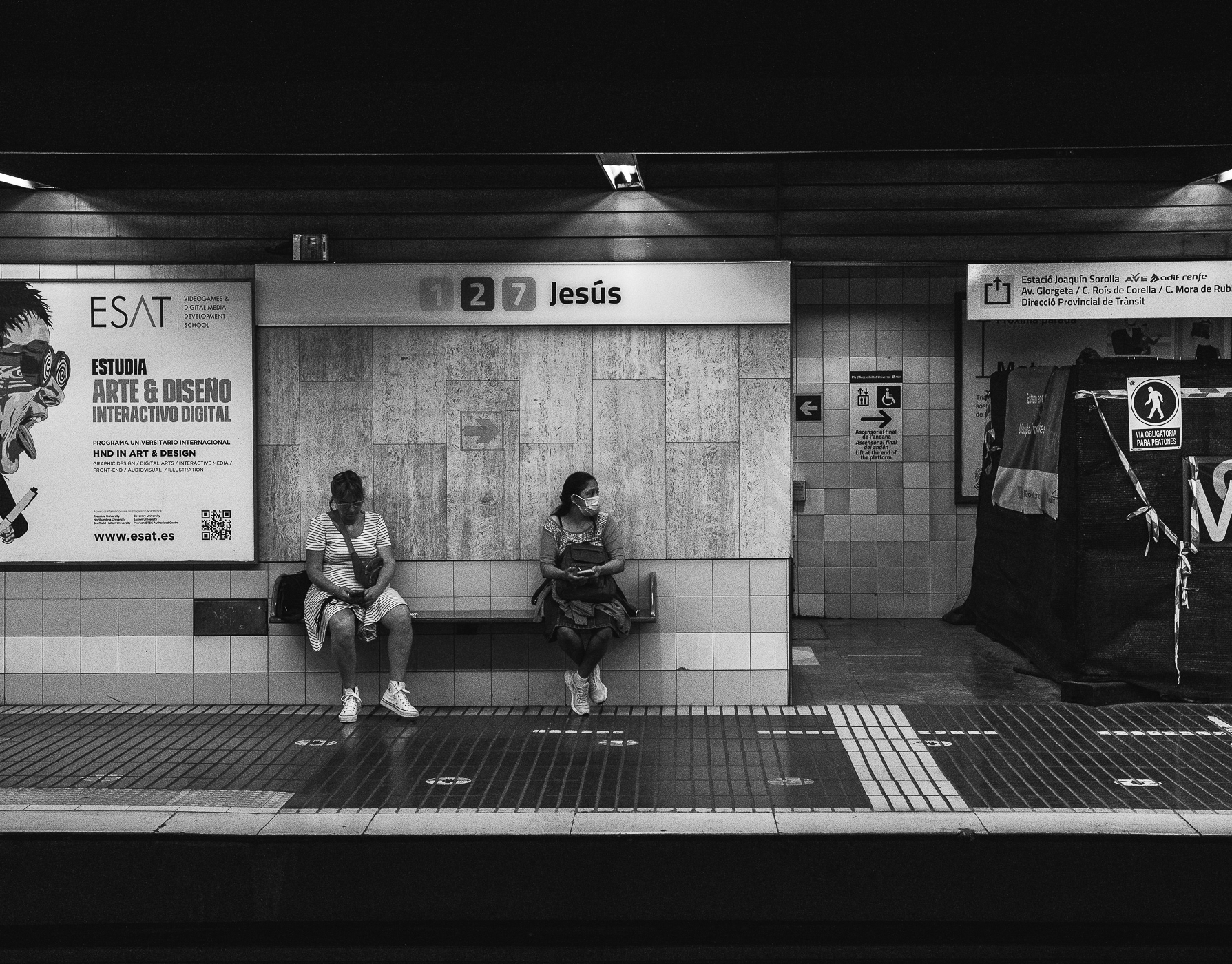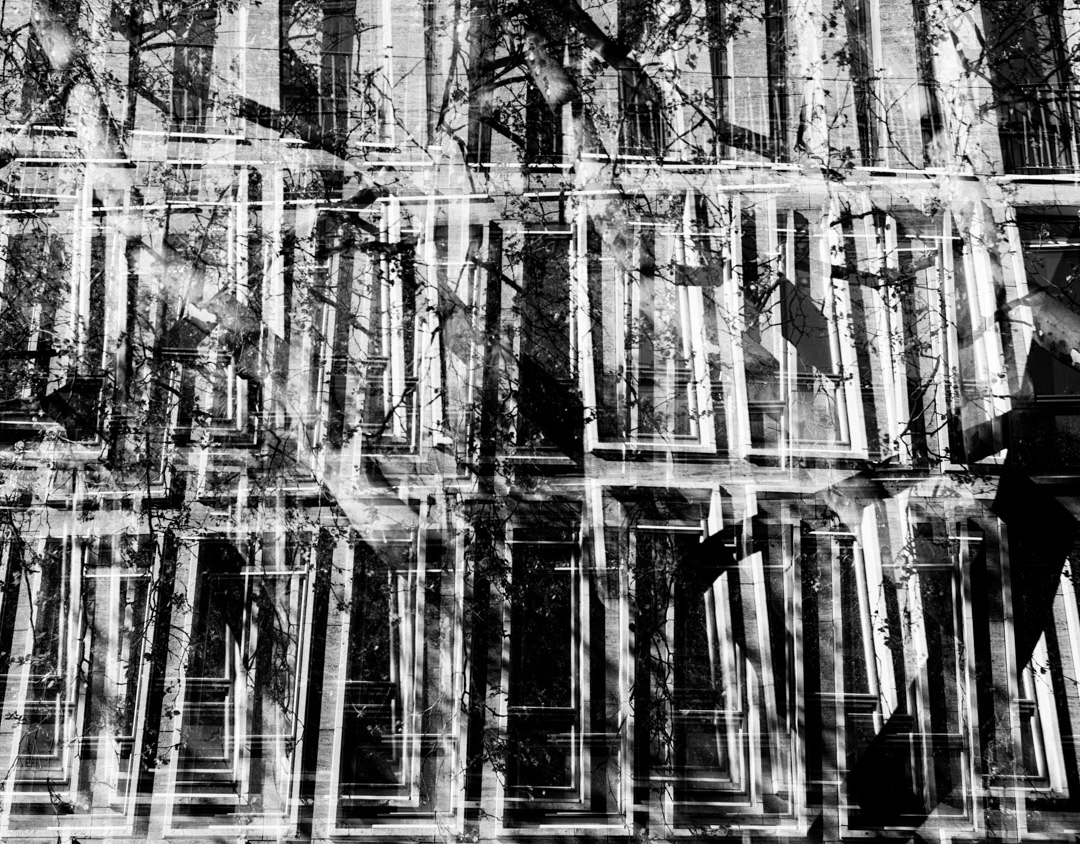Oldschool never grows tired
These images are part of my photo series „Public Notifications“. It is an ongoing photo collection of messages and notes in public places and urban spaces. Most of them are „handwritten“. Most of them are illegal and some of them are not. Some notes are regular signs or general informations and therefore communicating public rules, permits or prohibitions.
However, „Public Notifications“ is a documentation of „handwritten“, respectively sprayed letterings. In the context of graffiti writing this is called tagging. „Tagging is, to outsiders, by far the least-respected form of graffiti- and not without reason. It’s often a writers entry to graffiti, and consequently there are a lot of bad tags hastily strewn about our streets.“ (C.P. Acker) For me, that is the beauty about it. Tagging refers to a certain audience and communicates within its own cultural community. That is actually quite exclusive stuff.
Abondend Structures invitation
Elite or not. What is it, that these messages and notes have in common? Well, one thing is, we cannot escape them. It’s everywhere. Messages can be seen (and read) in the streets, backyards, parking lots, corners and niches of common- and private properties.
Tube-Scratching
Dusty-Tagging
I regard tags as a modern form of calligraphy. the brush or filler gave way to spray paint and text markers. Therefore, I like to consider tagging as art. The Art of typography (illegally) displayed in public. Some appear more elegant, finer with a higher form of aesthetic than others. As the author Christian P. Acker points out, there are in fact similarities to the conventional rules of typography. Writers develop their own alphabets for their tags. A more experienced writer pays attention to consistent letter heights and spacing, angle of letters, ascender, baseline, descender and so on. These people are in fact creating their own strokes and inventing new forms of lettering. I call this art.
Classic Notifications
As a photographer, I focus a lot on urban landscapes, architecture and street photography. That means, I also want to document the environment these tags are in. Most of the time, I would take a picture of the scene and location anyway, because that is my thing. Adding tags or any other messages makes my day, if you know what I mean.
Midnight Spitting
I hardly document commercial banners or brand logos for this project. The question of ownership of public spaces, urban places or the common is a different and important aspect. Who is competing for our attention? Is it an artist, is a brand, a landlord, who is it? Who is in charge? The matter easily emerges, because tagging is mostly done illegal. What is now legal, how and why? However, here and now, I will not get deeper into this matter.
Extensions
For „Public Notifications“ I concentrate more on various kinds of little statements, messages or announcements. I am generally very much interested in these forms of communication in the public. Tags exists next to more ordinary handwritten messages. These little notes, that often point out general information. for example „fresh Paint“ or „leave the package with the Joneses“, „I will be back in 5 minutes“ and so on. But also public matters, like Permits or prohibitions: „no parking“, „Delivery zone“. I also document them, when i like the lettering, the handstyles or when I simply like the sum of it all: The ensemble of letters in a certain urban landscape, in a particular moment with its own light and atmosphere.
Noteboard
Truth or dare?
Hectic
Literature: Christian P. Acker; 2012: Flip the Script - A Guidebook for Aspring Vandals & Typographers, Ginko Press.









